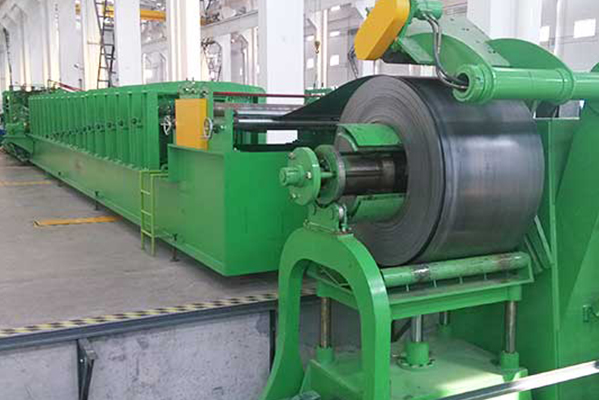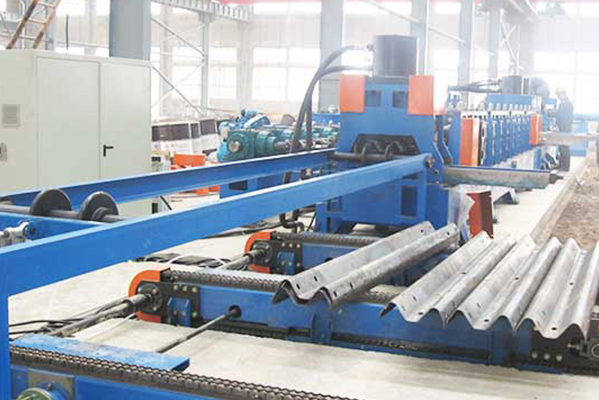Navigation Menu
Contact Us
- Email:
- info@wxavatar.com
- Address:
- Yurong Village, Yuqi Street, Huishan District, Wuxi, China.
Release Date:Apr 16, 2025 Visit:52 Source:Roll Forming Machine Factory
Roll forming is a versatile metal fabrication process that shapes long strips of metal by passing them through a series of rollers to achieve a desired cross-sectional profile. The choice of material is crucial in determining the performance, durability, and application of the final product. Below are the common materials used in roll forming.
1. Carbon Steel
Carbon steel is widely used in roll forming due to its strength, affordability, and ease of fabrication. It is available in different grades, with varying carbon content affecting hardness and ductility. Common applications include structural components, automotive parts, and construction materials.

2. Stainless Steel
Stainless steel offers corrosion resistance and durability, making it suitable for applications requiring longevity and hygiene, such as food processing equipment, medical devices, and architectural elements. Common grades include 304 and 316 stainless steel.
3. Aluminum
Aluminum is lightweight, corrosion-resistant, and malleable, making it ideal for applications where weight reduction is important. It is commonly used in aerospace components, automotive trim, and building facades. Popular alloys include 3003 and 6061.
4. Galvanized Steel
Galvanized steel is carbon steel coated with a layer of zinc to enhance corrosion resistance. It is commonly used in outdoor applications such as roofing, siding, and HVAC ductwork.
5. Copper and Brass
Copper and brass are used in specialized applications requiring electrical conductivity, thermal resistance, or decorative finishes. These materials are often found in electrical components, plumbing fixtures, and architectural detailing.
6. Pre-Painted or Coated Metals
Some roll-formed products use metals pre-coated with paint or other protective layers to improve aesthetics and resistance to environmental factors. These materials are often used in cladding, signage, and consumer products.

Conclusion
The selection of material in roll forming depends on the intended application, required strength, and environmental conditions. Each material offers distinct advantages, allowing manufacturers to produce components tailored to specific industry needs. By understanding these material options, businesses can make informed decisions for their roll-forming projects.